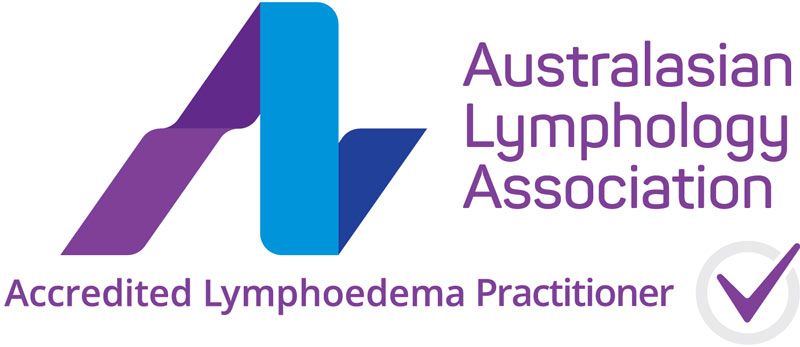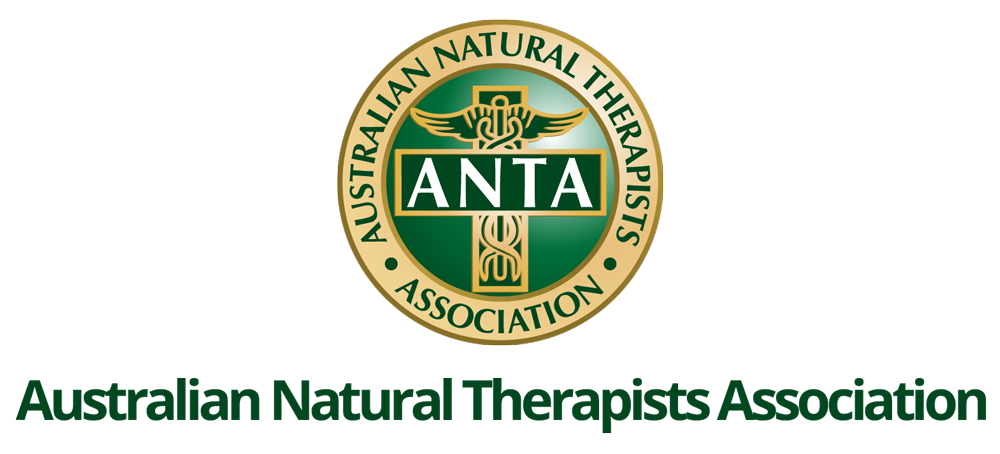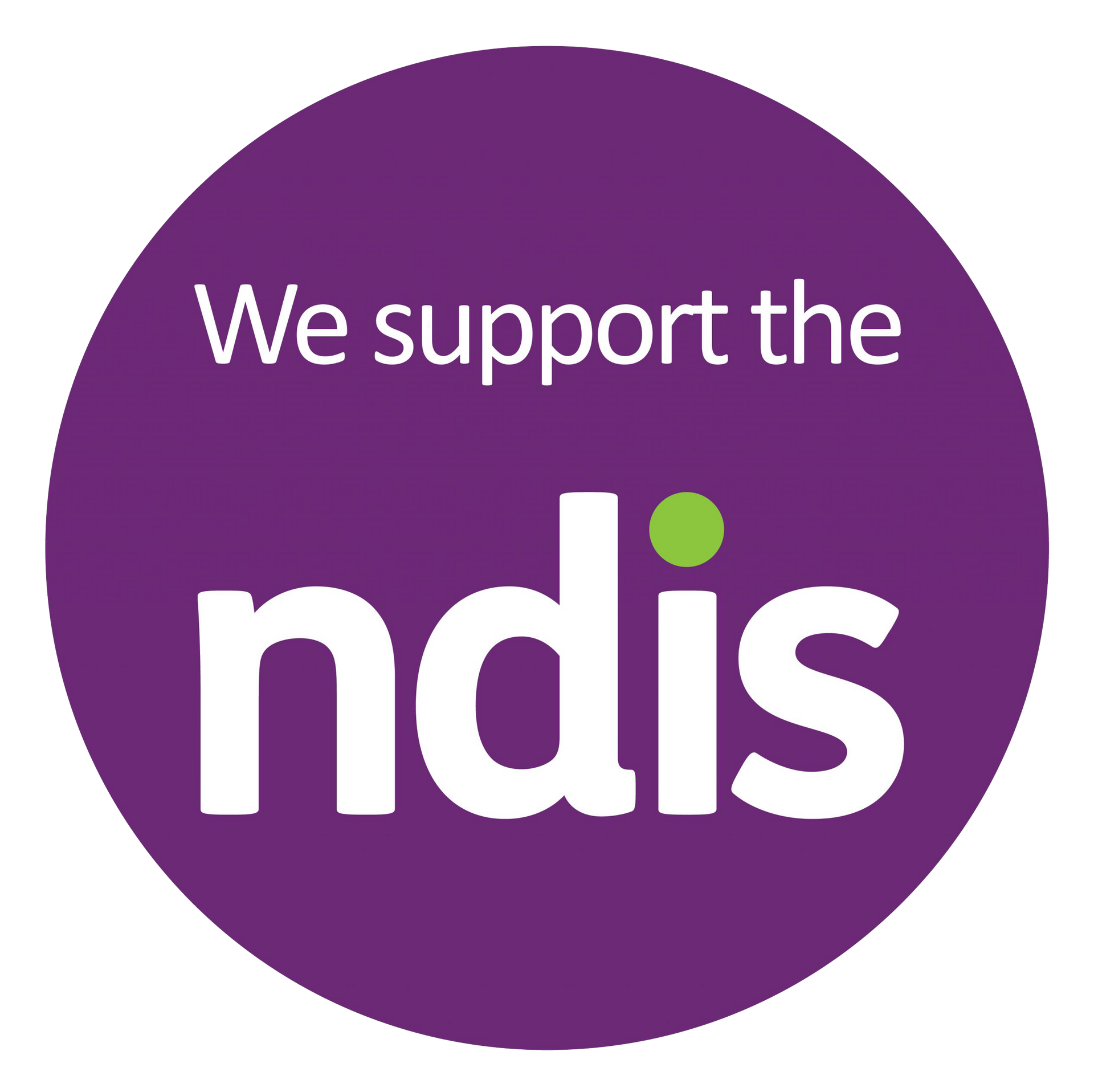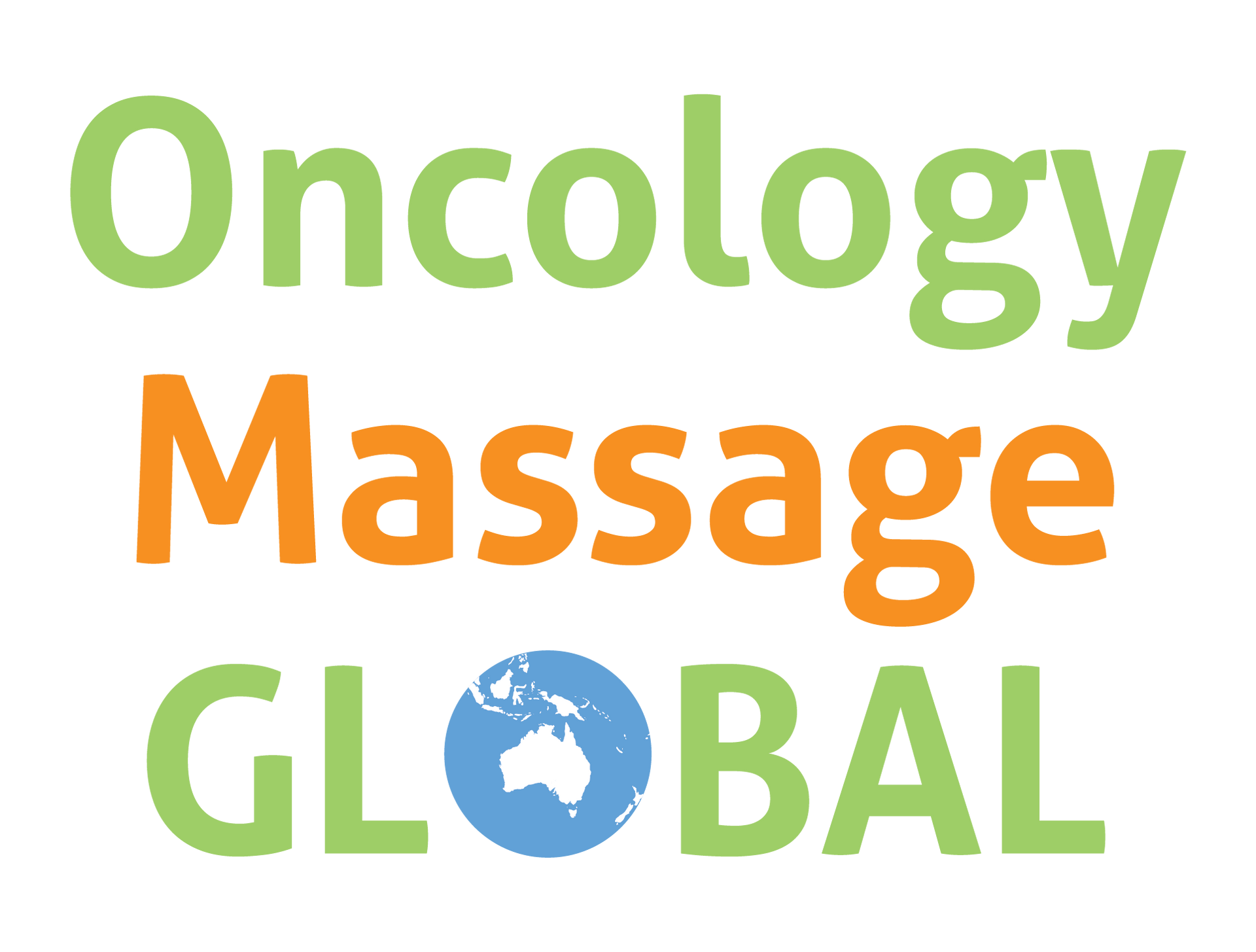Unlocking the Power of Lymphology Therapy
... specialising in Lymphatic Care…
Lymphoedema Management
What is Lymphoedema?
Lymphoedema is a chronic and progressive condition where the accumulation of excessive amounts of protein-rich fluid in the tissue results in swelling of the body. Lymphoedema affects the limb(s) trunk, breast, head and neck or genital area. Lymphoedema is due to a failure of the lymphatic system and occurs when the demand for lymphatic drainage exceeds the capacity of the lymphatic circulation.

There are 2 types of Lymphoedema:
What occurs with Lymphoedema?
Lymphoedema is a condition characterized by the accumulation of lymphatic fluid in the interstitial spaces between cells and tissues. This occurs due to an impaired lymphatic system, which is unable to adequately transport lymph fluid, leading to an imbalance between fluid production and drainage.
Discover the stages of lymphoedema:
Stage 0
At a subclinical state where swelling is not present,despite impaired lymph transport. This stage may exist for months or years before oedema becomes evident.
Stage 1
This represents early onset of the condition where there is accumulation of tissue fluid that subsides with limb elevation. The oedema may be pitting in this stage.
Stage 2-A
Limb elevation alone rarely reduces swelling and pitting is manifest.
Stage 2-B
There may or may not be pitting as tissue fibrosis is more evident.
Treatment: Complex Physcial Therapy (CPT) Management
Lipeodema Management
Lipoedema is indeed a chronic disorder characterized by the abnormal accumulation of fat cells in certain areas of the body, particularly in the lower limbs (thighs, buttocks, and legs) and sometimes in the upper arms. Other symptoms include pain, swelling, loose skin, and easy bruising.

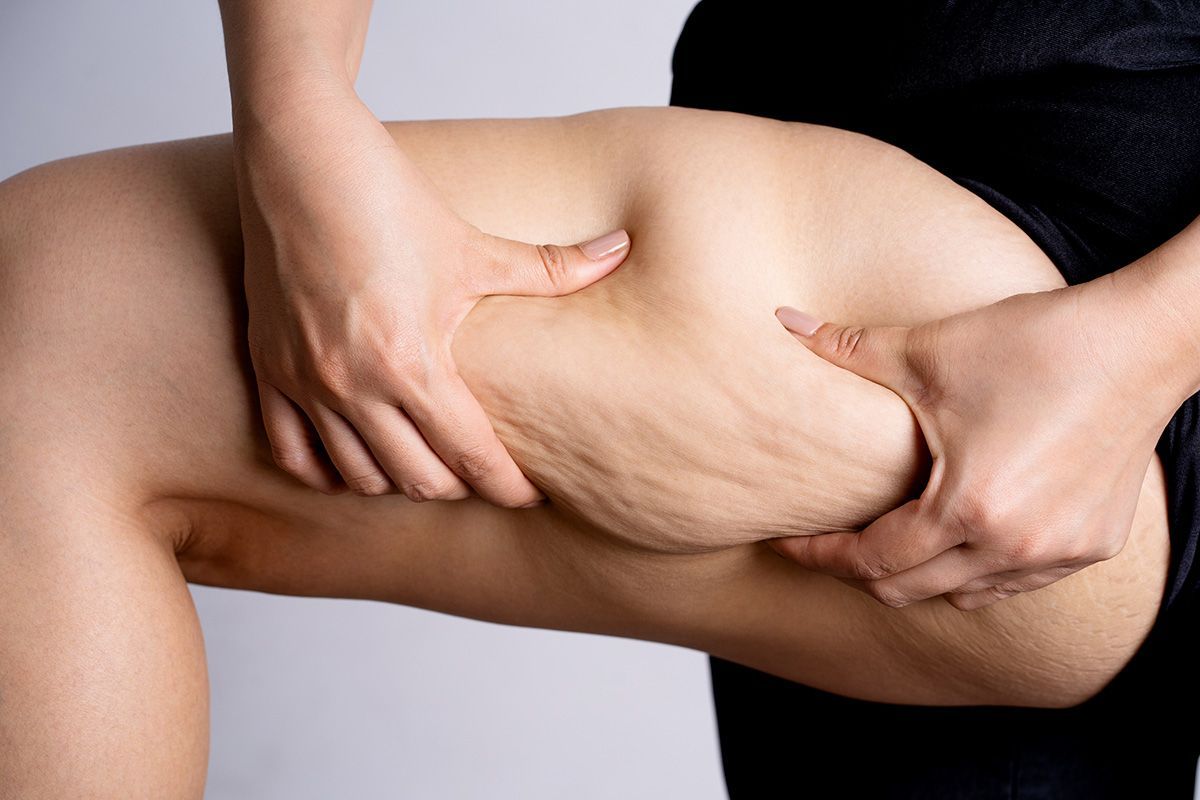
Diagnosis
This condition typically occurs in females.
Lipoedema is often underdiagnosed or misdiagnosed due to its resemblance to obesity. Diagnosis usually involves a combination of clinical examination, medical history assessment, and sometimes imaging techniques. While there is no cure for lipoedema, various treatments aim to manage its symptoms and improve quality of life.
Treatment
Complex Physical Therapy, can help alleviate pain, improve lymphatic function, and reduce swelling associated with lipoedema.
Chronic Venous Insufficiency (CVI) Management
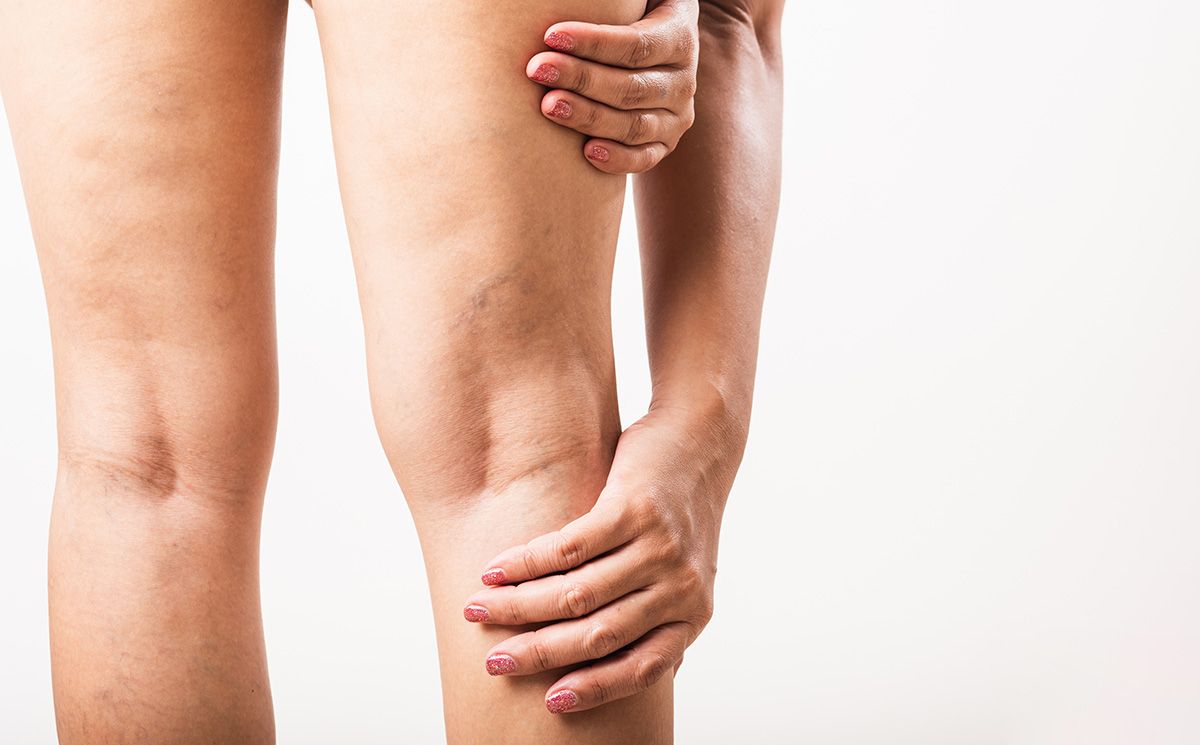
What is Chronic Venous Insufficiency (CVI)?
Chronic Venous Insufficiency (CVI) is a condition that occurs when the veins in the legs are unable to efficiently return blood back to the heart. This is often due to malfunctioning or damaged valves within the veins.
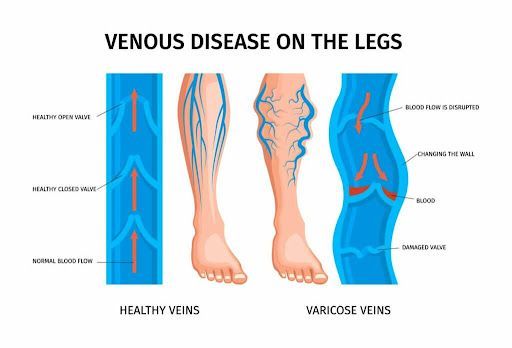
What occurs with chronic Venous Insufficiency?
- Valve Dysfunction
- Blood Pooling
- Edema (Swelling)
- Varicose Veins
- Skin Changes
- Ulcers
Management of chronic venous insufficiency typically involves lifestyle changes, such as elevating the legs and the treatment of Complex Physical Therapy (CPT) Management for Chronic Oedema
What does Early Detection of Lymphoedema mean?
At Exotherapy Australia, Women’s Holistic Clinic, plays a vital role in the early detection of Lymphoedema in women to help them avoid life-long swelling. The current evidence-based recommendations are to screen, educate and detect Lymphoedema before physical signs of swelling appear.
Early detection is crucial for effectively managing Lymphoedema, whether it's related to cancer or non-cancer causes. Recognising the signs and symptoms can lead to early intervention and improved outcomes.
Management for Lymphology Therapy
Assessment
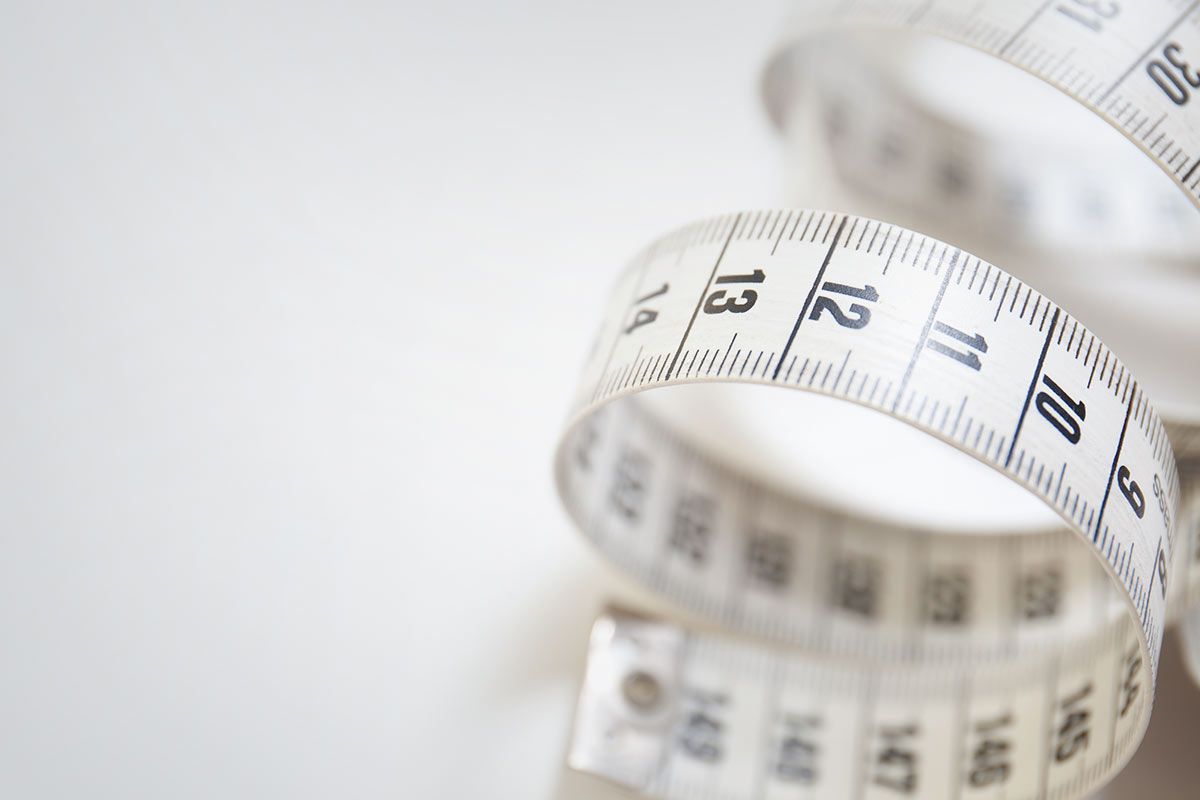
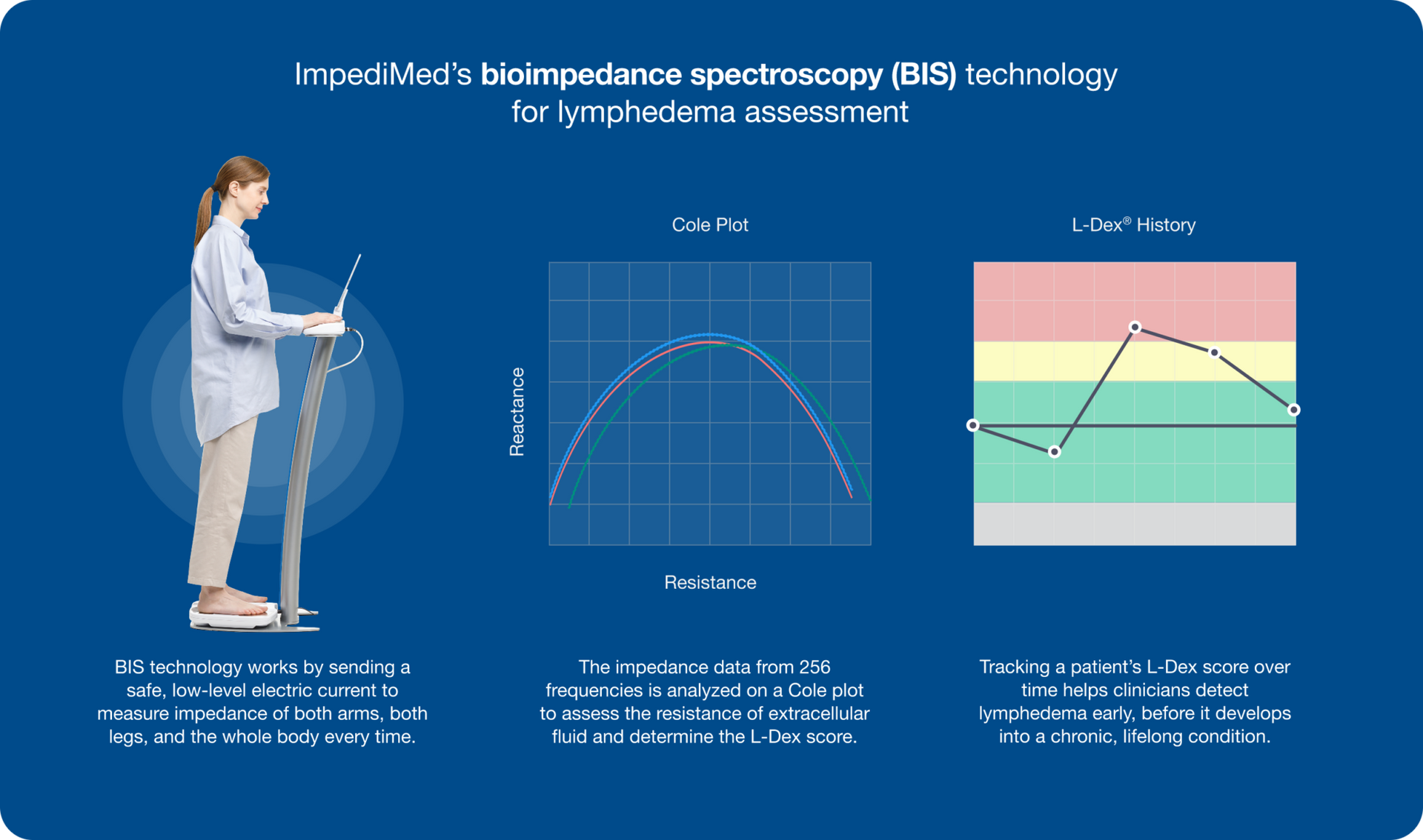
Compression Therapy
Compression therapy involves the application of pressure to a specific area of the body using compression garments or devices. The pressure exerted by these garments helps improve blood circulation, reduce swelling, and provide support to muscles and tissues.
The 3 phases to Compression Therapy
Types of Compression Therapy
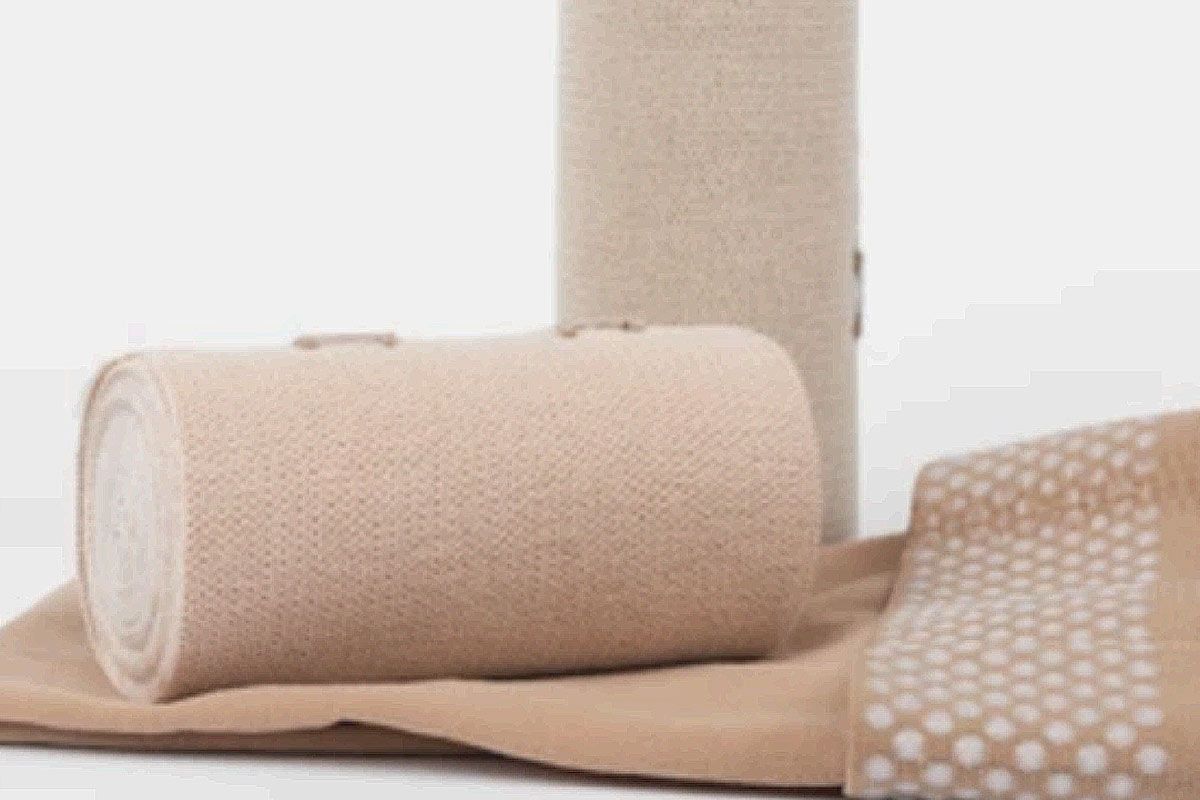
Construction of the Medical Garments
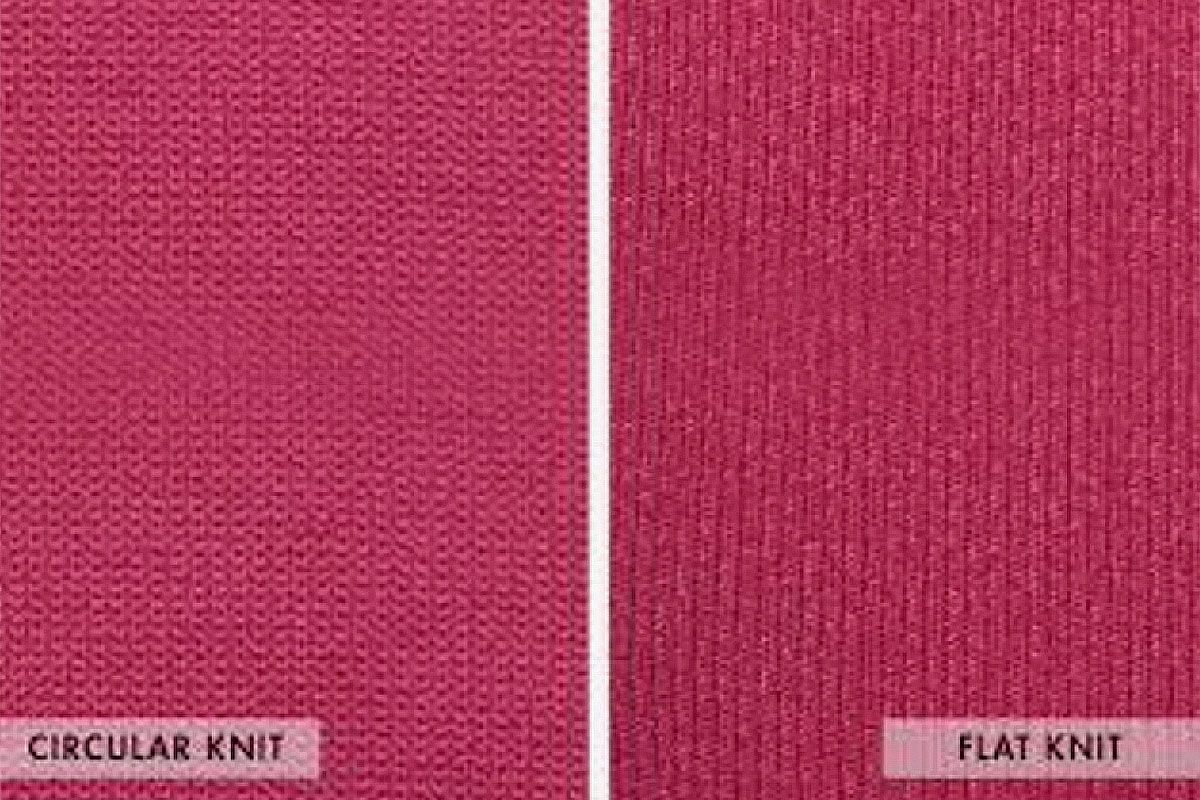
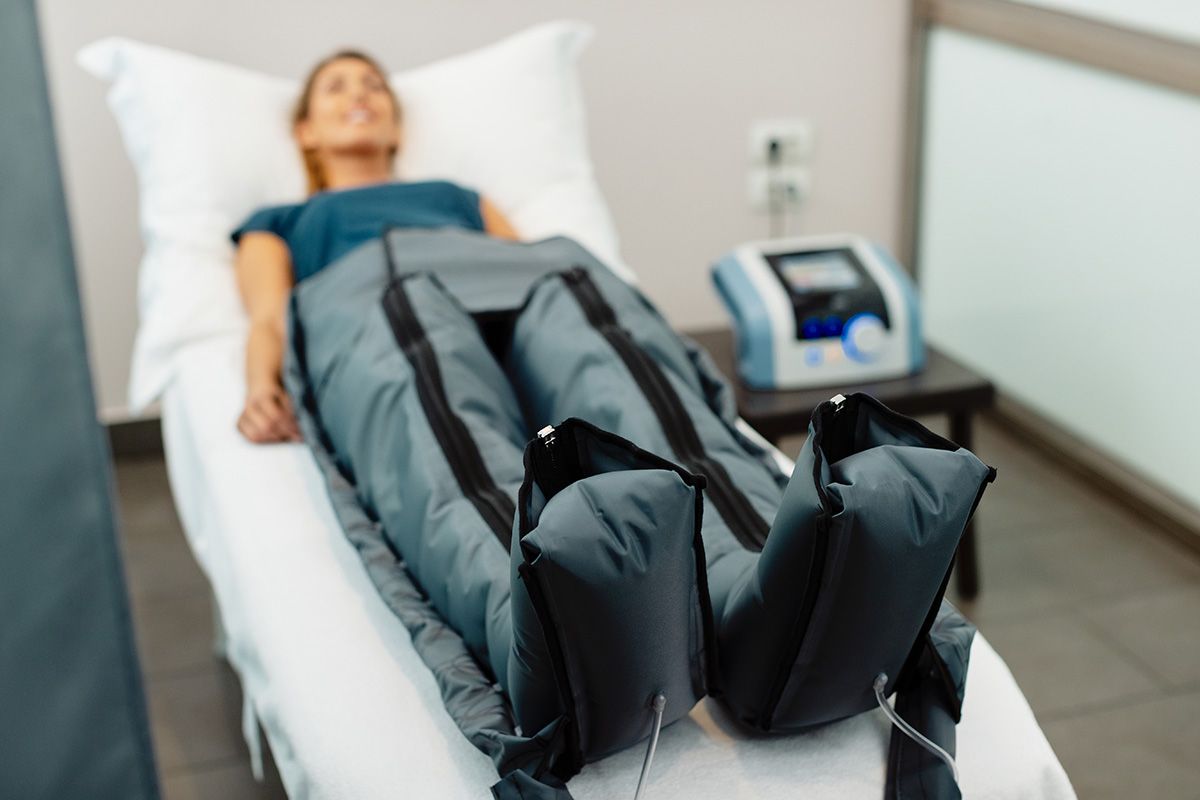
Contraindications to Compression Therapy
Organ failure (heart, liver, renal): Compression may not be suitable for individuals with compromised organ function.
Untreated DVT or phlebitis: Applying compression directly to an untreated blood clot or inflamed vein can be harmful.
Severe arterial disease: In cases of severe arterial insufficiency, where blood flow to the extremities is compromised, compression may exacerbate the condition.
Acute infections and inflammation
Open skin areas and wounds
Manual Lymphatic Drainage (MLD)
A special form of massage known as Manual Lymphatic Drainage (MLD).
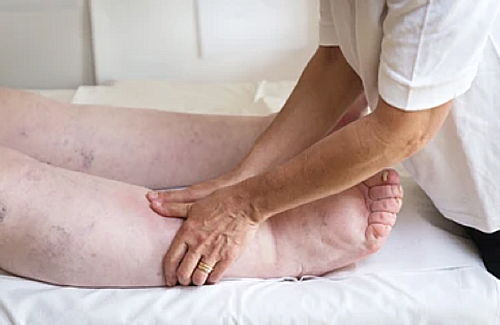
Exercise
Decongestive exercises complement the MLD massage. Physical activity and muscle movement are essential for maintaining a healthy lymphatic system.
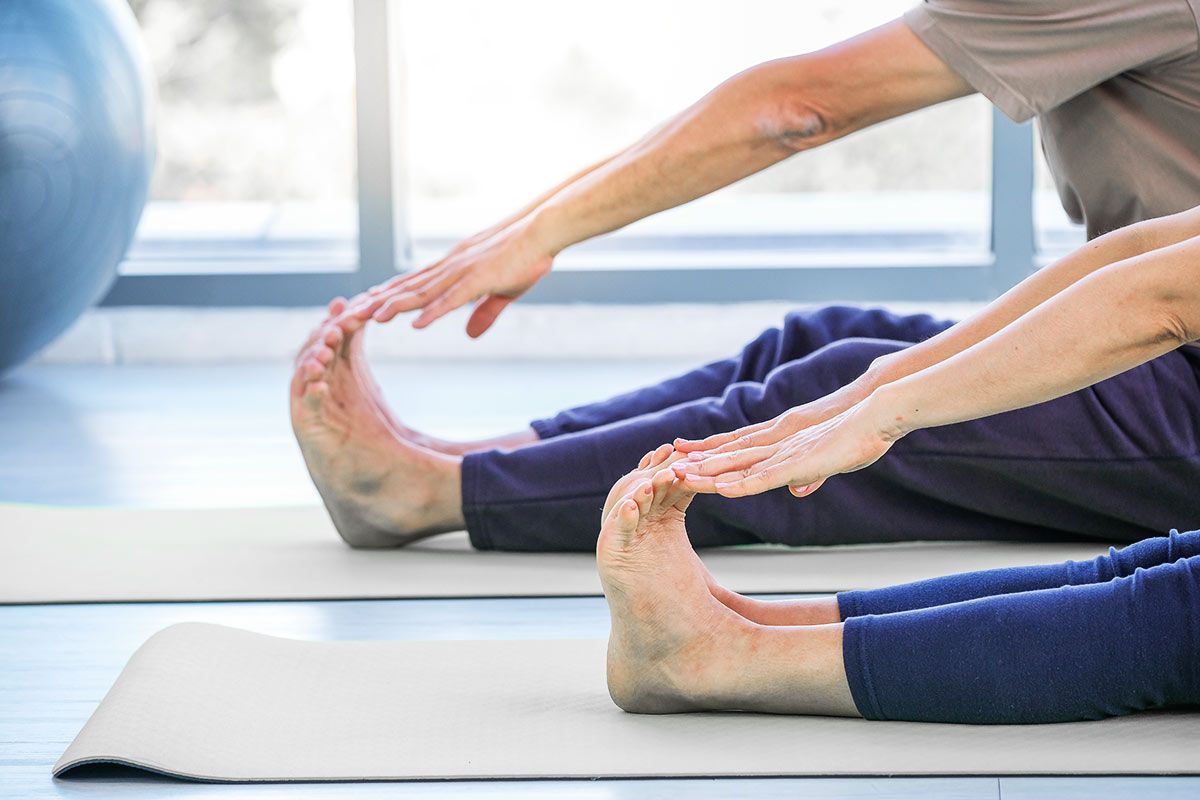
Skin Care Regime
Lymphoedema patients, particularly those undergoing compression therapy, need to prioritize skin care due to the potential risks associated with
compromised skin integrity. An effective skin care routine helps mitigate these risks and supports the overall success of lymphoedema management.
Components of Good Skin Care with Lymphoedema:
Cleansing: Hypoallergenic cleansers to keep the skin clean.
Drying: After cleansing, gently pat the skin dry.
Nail Care: Proper nail care is essential to prevent accidental skin injuries and infections. Keep nails clean and well-trimmed to reduce the risk of scratches.
Sun Protection: Use sunscreen to protect the skin from harmful UV radiation. Sunburns and skin damage can further compromise the skin's health.
Scar Tissue Management
Scar tissue management is a therapeutic approach aimed at improving the health, function, and appearance of scar tissue resulting from injuries, surgeries, or other traumas. Scar tissue therapy is particularly beneficial for individuals with dysfunctional or problematic scar formation.
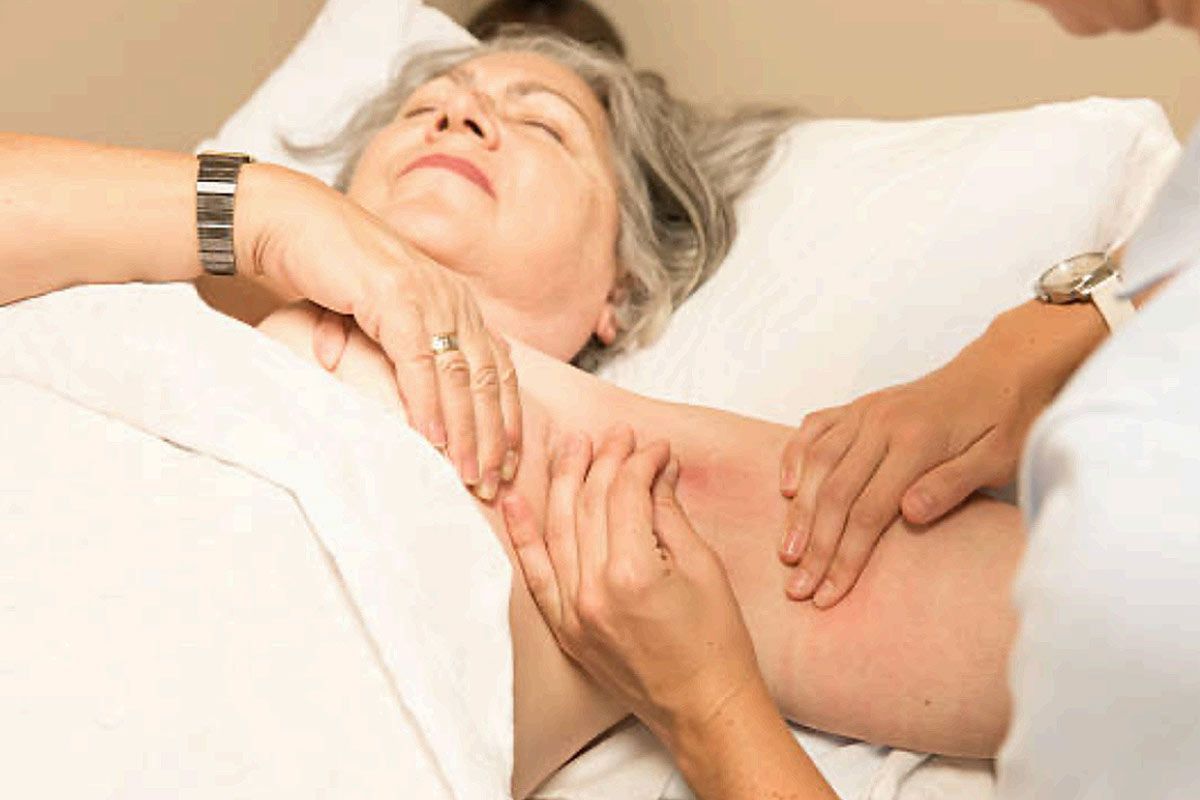
The Purpose of Scar Tissue Management
The primary goal of scar tissue management is to optimize the healing process of scars and address any issues that might arise from scar tissue formation. Scar tissue can sometimes lead to various complications, including pain, reduced flexibility, adhesions, sensitivity, and swelling. Scar
tissue therapy seeks to minimize these complications and promote healthier scar tissue development.
Who Can Benefit from Scar Tissue Treatment:
Scar tissue management offers benefits to various individuals, including:
- Patients who have undergone surgeries or experienced trauma resulting in significant scarring.
- Individuals who have received high doses of radiotherapy and chemotherapy, which can impact tissue health and healing.
- Those experiencing symptoms related to dysfunctional scars, such as pain, limited flexibility, swelling, adhesions, and discomfort.
Methods Utilised in Scar Tissue Treatment
Scar tissue therapy employs multiple approaches, each focused on improving the condition of the scar tissue:
Benefits of Scar Tissue Management
- Improved Function
- Reduced Pain and Discomfort
- Enhanced Appearance
- Emotional Healing
Education
Complex Physical Therapy Information Session
What is Complex Physical Therapy?

This information session provides insights into the benefits of Complex Physical Therapy. Information sessions are held throughout the year. Bookings are essential.
Case Studies
Complex Physical Therapy Clinical Treatments and Outcomes

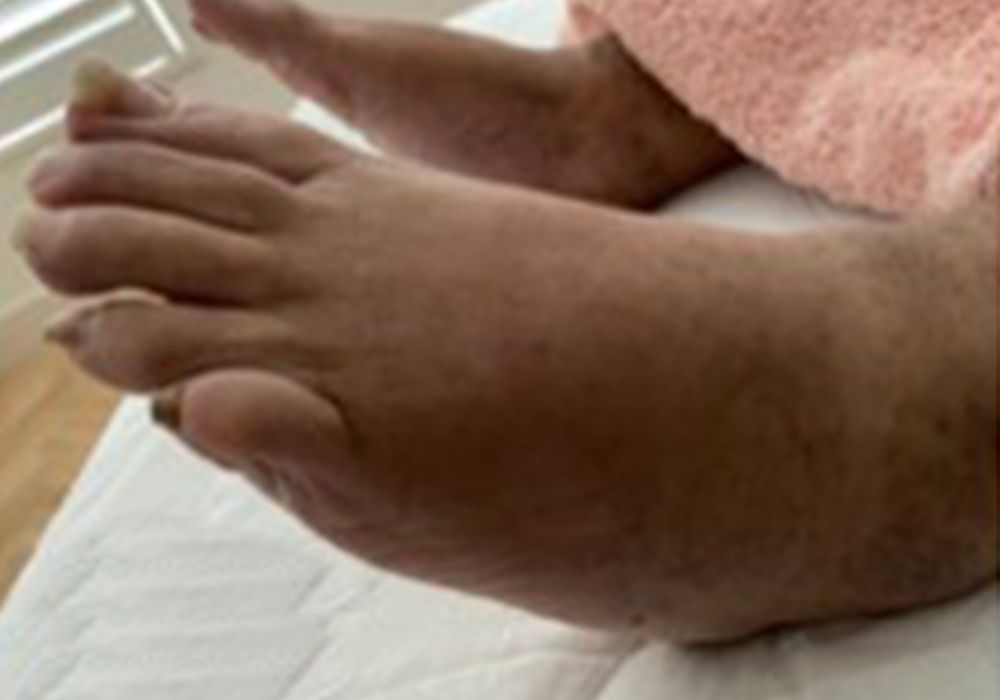
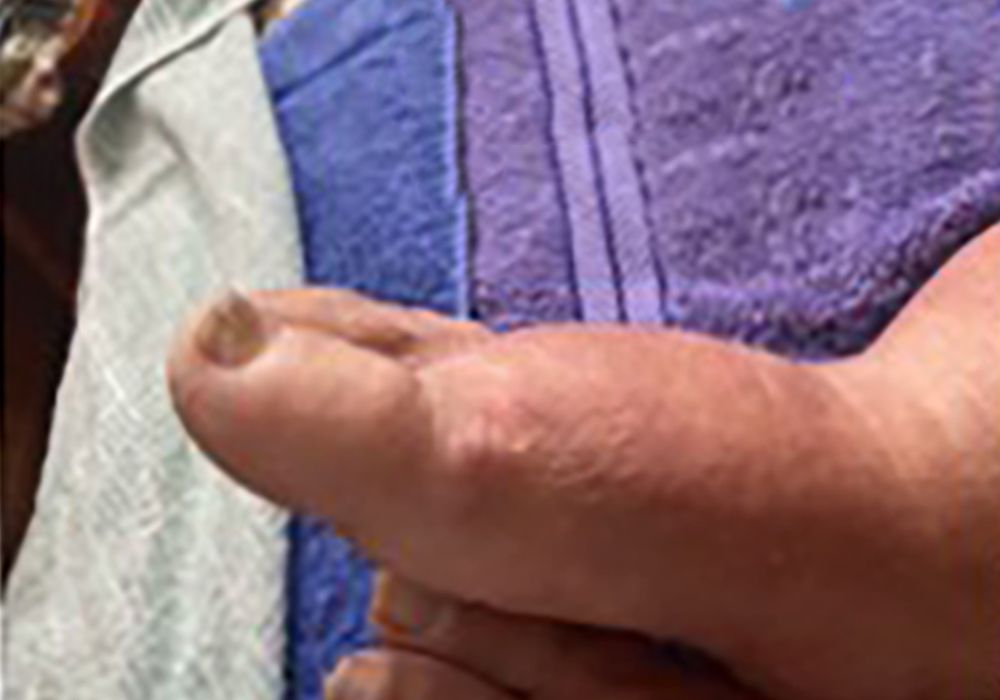
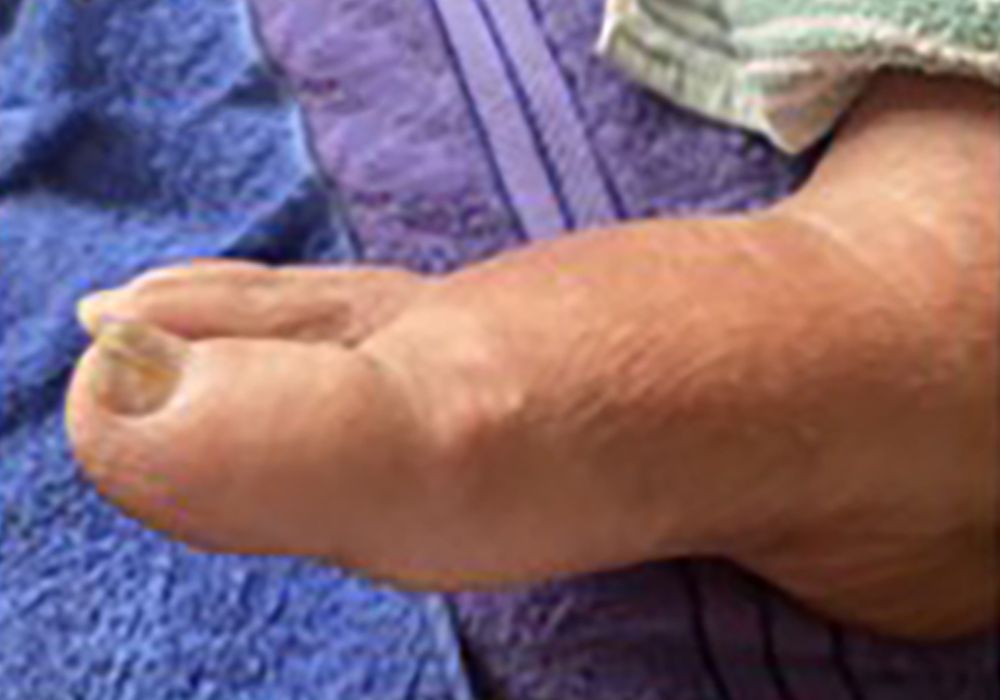
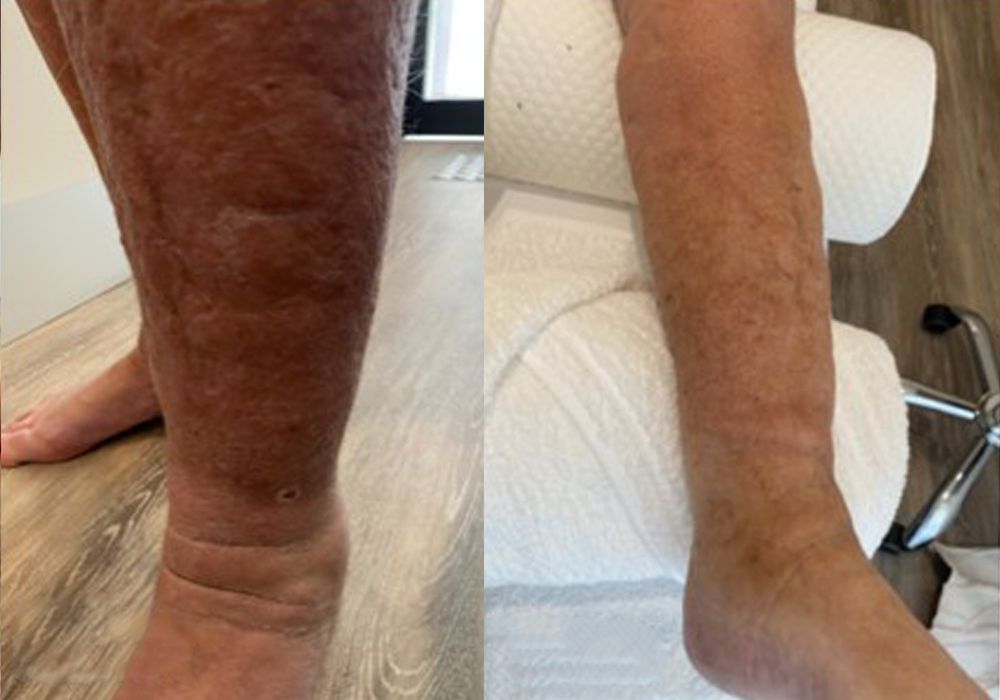

Testimonials
In Our Clients Words
"Jenny is such an amazing and caring person with myself and all her clients. She is very professional and makes you feel very comfortable and safe. She is very knowledgeable and uses techniques that really help her clients feel better instantly as she cares for them like people not statistics. Definitely go check out her services 10/10."
Helena Konstandaras
"Jenny is a true expert in her field, incredibly knowledgeable and professional. I walked in with chronic pain in my right hip and walked out pain free and totally blissed out. Hands down THE BEST' remedial massage I've ever had. The pain has not returned at all and I've been living with it for over 5 years. I've been to countless massage therapists and other alternative treatments with no success until meeting Jenny and it only took one visit. I highly recommend Jenny, she's magical.
Thanks Jenny."
Peggy Colonques

How it Works
Initial Consultation
Providing a comprehensive assessment and tailor-made treatment plan to address your unique health concerns.
Follow-up Appointments
Ensures consistent care and ongoing tracking of progress, whether you're managing health conditions or on the road to recovery.
Gift Vouchers Available
A special treat for yourself or the perfect gift for someone special, we offer gift vouchers for all our services.
Ready for a Healing Touch?
Book a session now to unwind and experience the therapeutic benefits of expert hands.

